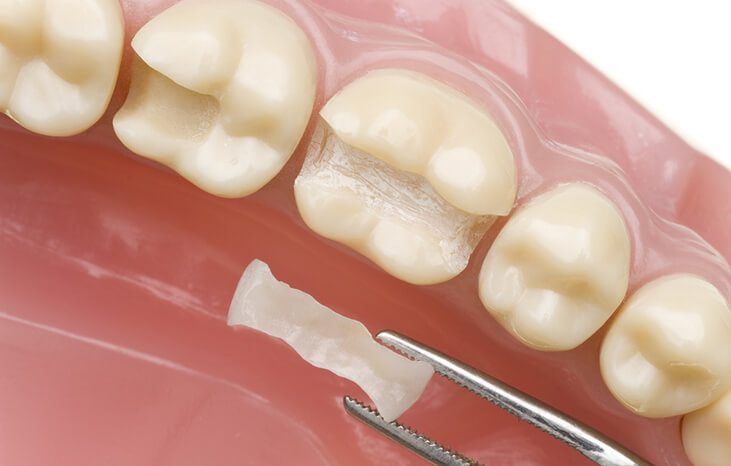
Fillings

Root Canal Therapy
January 7, 2017
Scaling & Cleaning
April 21, 2017Fillings
When you need a dental filling, you have many choices. But since different types of fillings are better for different dental conditions, your dentist will help you decide which type of filling is right for you based on factors including the location and severity of the decay, the cost of the filling, and your insurance coverage.
The pros and cons of some common types of fillings are as follows:
a) Gold – Gold fillings are sturdy and non-corrosive; they can last up to 15 years. Many people find gold fillings more aesthetically pleasing than silver fillings. But gold fillings can cost as much as 10 times more than silver amalgam fillings, and it takes more than one office visit to fit them properly.
b) Silver amalgam – Silver amalgam fillings offer strength and durability similar to gold at lower cost, but many people don’t like the look of them. Also, amalgam fillings can be more prone to expansion and contraction and thus they are more likely to cause a tooth to crack compared with other filling materials.
c) Composite – Fillings made of a tooth-coloured composite are popular because the colour can be matched to your teeth. Composite fillings are not as durable as metal fillings and they may need to be replaced after five years, compared with 10 or 15 years for metal fillings. They are more expensive than amalgam fillings, although not as expensive as gold fillings.
d) Ceramic – Ceramic fillings are often made of porcelain. They are durable and aesthetically pleasing, but they wear opposing teeth if the porcelain becomes rough.
e) Glass Ionomer – These glass and acrylic fillings usually last less than five years, but they are often a good choice for children whose teeth are still changing. Also, they can release fluoride, which can help prevent tooth decay.
f) Fissure sealants – Fissure sealants are a safe and painless way of protecting your children’s teeth from tooth decay. It is a plastic coating which covers the chewing surfaces of the back adult teeth. The sealant forms a hard shield that keeps food and bacteria from getting into the tiny grooves in the teeth. Most tooth decay in children occurs in the back teeth.It is quick and straight forward taking only a few minutes per tooth. A dentist or dental hygienist will clean and prepare the tooth with a special solution. The tooth is dried with air. The liquid is then applied and set hard using a special light. It is pain free.

